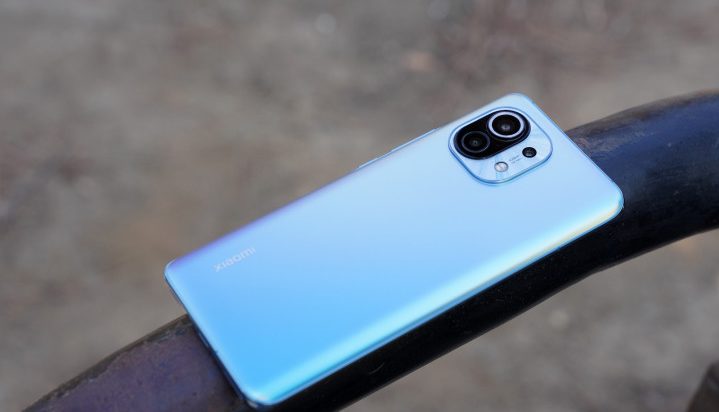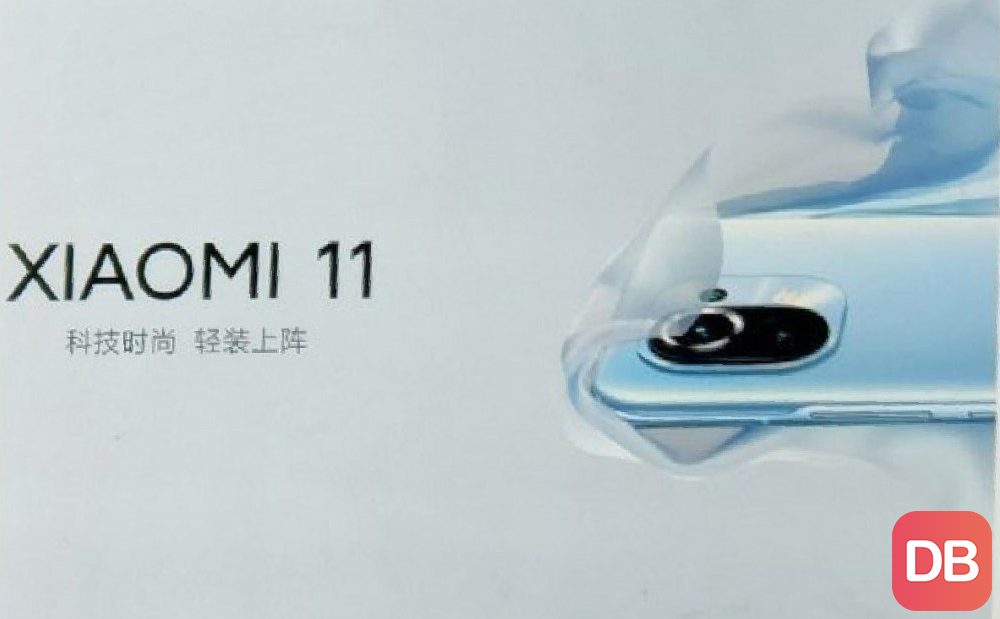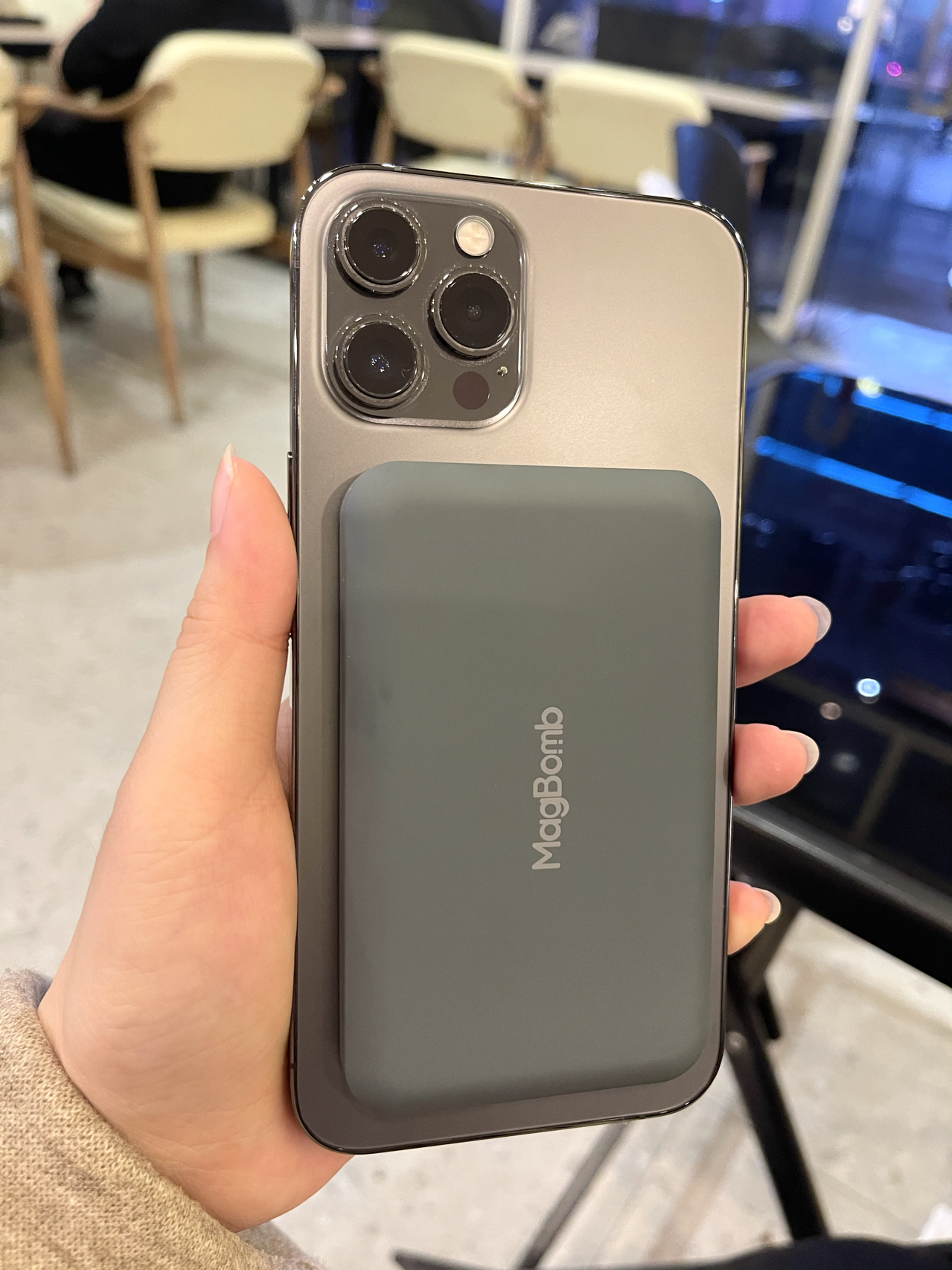Xiaomi 11 adopts a 6.81-inch four-surface perforated screen, which is probably the most expensive in history. Its resolution is improved to 3200×1400, pixel density is 515PPI, and dCI-P3 color gambit is supported. It also adopts the latest E4 luminance material, with brightness up to 1500 nits, and it can reach 900 nits under strong light, which is higher in brightness and lower in power consumption than the commonly used E3 material at present.It also supports 120Hz refresh rate, 240Hz touch sampling rate, ultra-high color accuracy and 1 billion color display. DisplayMate, the most authoritative screen rating agency, gave the Mi 11 the highest A+ rating. After testing, the mi 11 has set 13 records, including the highest screen resolution, the highest OLED peak brightness, the highest color accuracy, the highest contrast, and the lowest screen reflectivity.

DisplayMae’s official note: “The Mi 11 has one of the world’s top smartphone screens, with textbook calibration accuracy and display capabilities that are extremely impressive and it is close to perfect.”
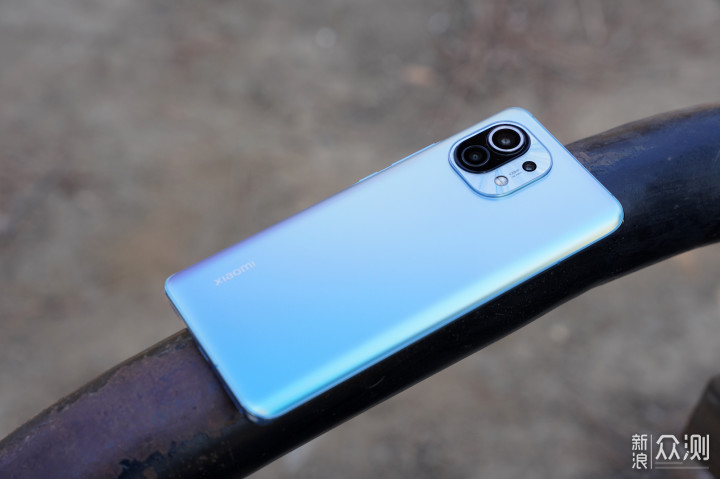
The Mi 11 also uses the brand new Corning Gorilla Glass Victus, which is currently the most tenacious. It can resist falling from a height of 2 meters, improve its fall resistance by 1.5 times, and improve its wear resistance by 2 times. Two grip attitude sensors are built in the top and bottom to monitor the grip status in real time and judge the anti-miscontact area intelligantly with the gyroscope. It has continued to adopt optical fingerprint identification under ultra-thin screen, the brightness of unlocking fingerprint area at night is as low as 110 nits, and even support heart rate monitoring. The heart rate can be measured by gently pressing the fingerprint module for 15 seconds, with an average error of 2.11 BPM.
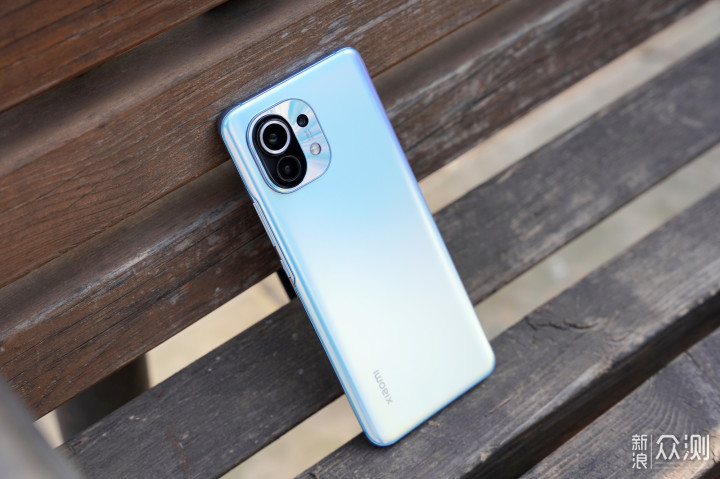
The iPhone 12 Pro Max is paired with a 6.7-inch super-retina XDR display and uses a narrower bezel design for a larger, clearer look and feel while maintaining excellent color accuracy.The iPhone 12 Pro Max has a peak brightness of 1,200 nits, and users can clearly see the contents of the screen in the sunlight. The Super Retina XDR display is designed by Apple, it is the best OLED display ever used in smartphones, providing the industry’s best color accuracy.The super retina and super Retina XDR displays have extremely striking contrast, as well as outstanding brightness and cinema wide color range.This, combined with excellent systematic color management techniques, enables the colors to be precisely calibrated to provide an excellent viewing experience.
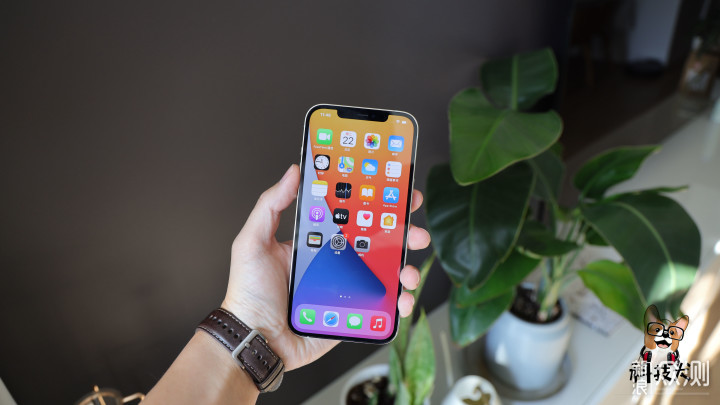
The super retina and super Retina XDR displays also have high dynamic range (HDR) features, which can show a wide range of light and dark areas in photos and videos.This allows the screen to display areas of deep black and bright white clearly, while preserving subtle differences between the areas.The photos will look more vivid, and everything will be more stunning than ever when viewed in Dolby Vision, HDR10, or HLG format.
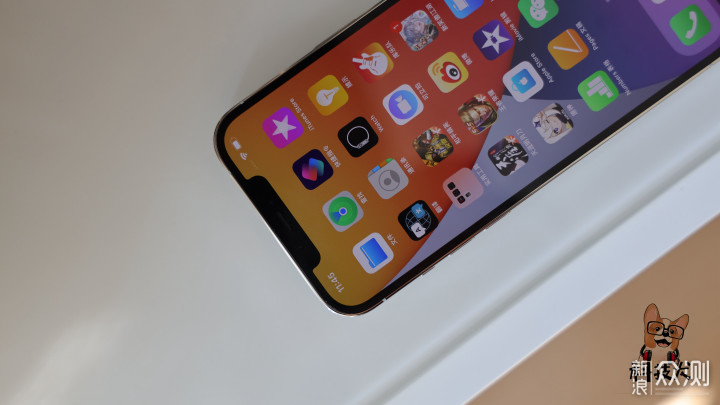
The super-retina and super-retina XDR displays use organic light-emitting diode (OLED) technology.The super retina and super Retina XDR displays contain more improvements than traditional OLED displays and offer an incredible viewing experience. They are the first OLED screens to meet the design standards of the iPhone.
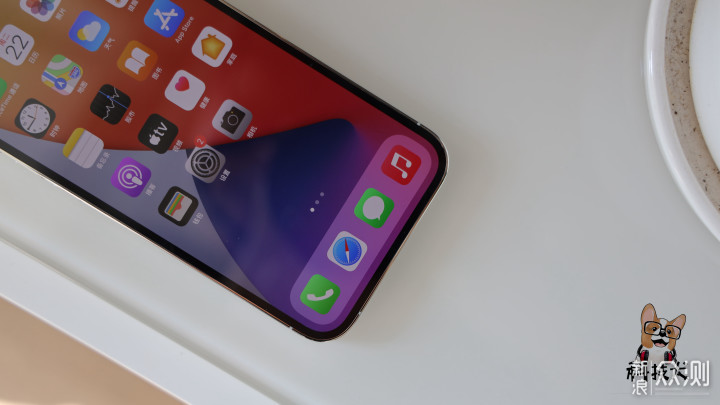
OLED technology provides stunning high contrast and high resolution.In addition, OLeds have no backlight component and emit light on their own from each pixel, so the display becomes thinner.With super retina and super Retina XDR displays that overcome the challenges of traditional OLED displays with ultra-high brightness and wide color support, and with the industry’s best color accuracy, the iPhone 12 Pro Max’s screen performance deserves a lot of credit.

